Coffee raw beans | what's the difference between new beans, old beans and old beans in coffee?
Professional coffee knowledge exchange more coffee bean information please follow the coffee workshop (Wechat official account cafe_style)
We all know that when buying coffee beans, we have to choose freshly baked ones. After all, coffee beans will enter the flavor period after being roasted for a few days. Not only coffee cooked beans, in fact, coffee raw beans are also somewhat fresh and stale, but we call them "new beans", "old beans" and "old beans".
If the coffee raw bean itself is not good, then no matter how good your baking technology is, no matter how strong the brewing technology is, it is useless. After all, in a good cup of coffee, the quality of coffee raw beans accounts for the vast majority.
How to distinguish between "new beans", "old beans" and "old beans"?
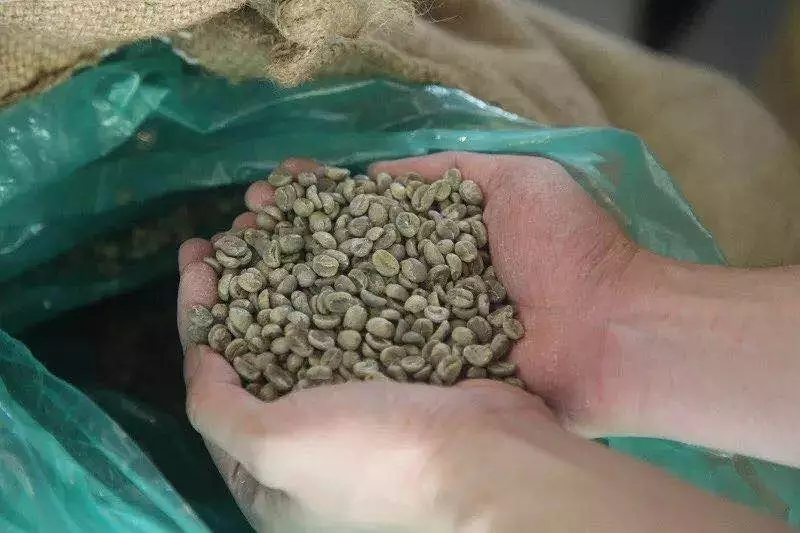
Generally speaking, fresh coffee beans harvested that year are called "New Corp", those harvested the year before last are called "old beans" (Past Corp), and those placed for more than a year are called "old beans" (Old Corp). This distinction is mainly due to the water content of raw beans, because the new beans have more water content (usually between 11% and 13%) and are mostly dark green in appearance, while the old beans (10%-11%) and old beans (9%-10%) are lighter in color, lighter in weight and less glossy and tactile as the surface of the new beans. Of course, different processing and refining methods and producing areas, varieties of raw beans will be different.
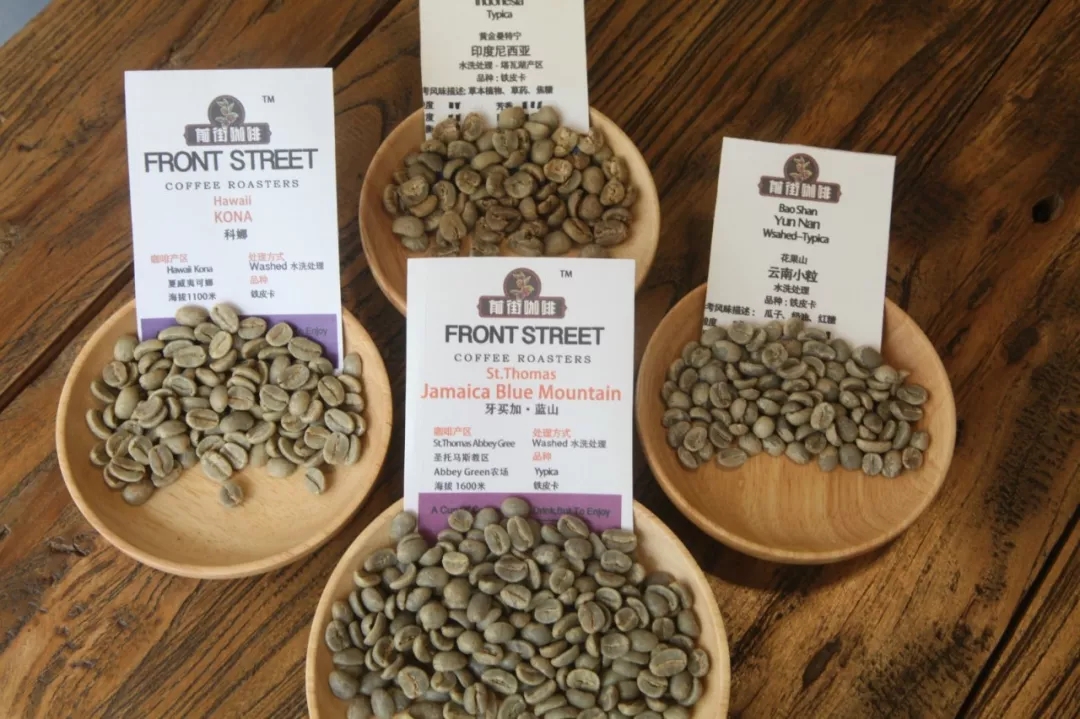
From ripe "coffee cherries", refined by washing or drying into raw beans, the water content is usually between 9% and 13%, and it is not easy to bake if the water content is too high or too low.
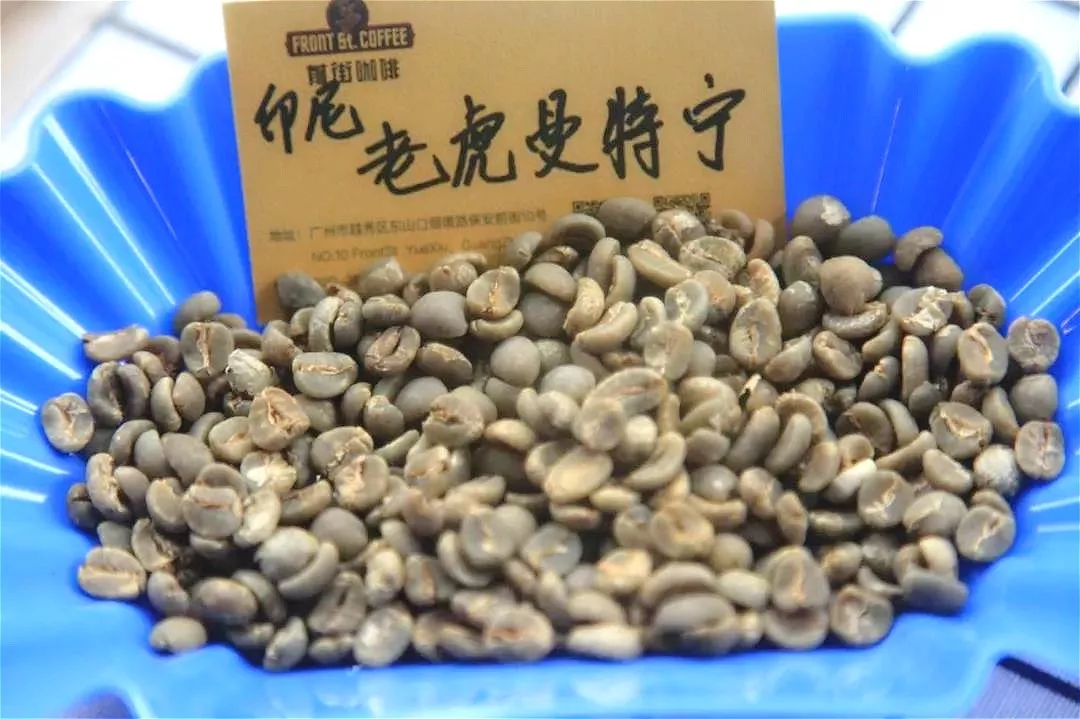
Generally speaking, we get the newly harvested raw beans with a water content of 11.5% ~ 12.5%, a wet planing method of 13%, a semi-washed Brazil of 11% ~ 12%, and a sun-dried mocha range of about 9% ~ 12%. From the beginning of polishing, the water content of raw beans will decrease with the passage of time.
Raw beans with thick and thin bean meat
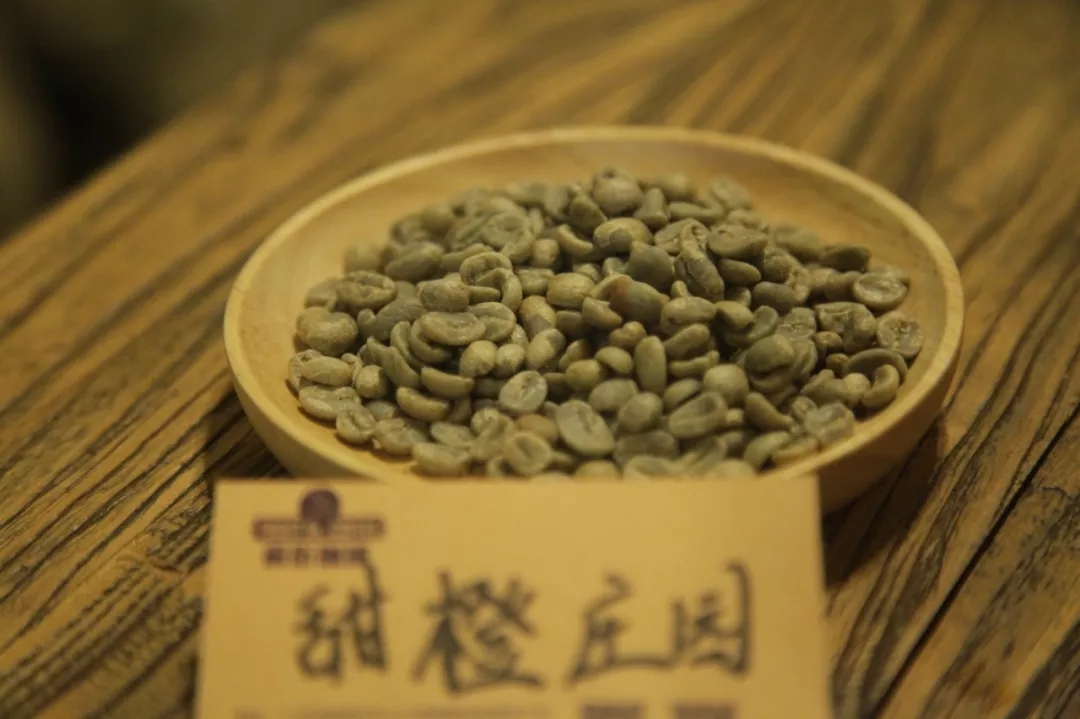
Roasted fresh coffee beans generally have to be dehydrated a little longer, but you can also take a rough look at the shape of the beans: those with thick beans, such as Kenya and Mantenin, have to extend by 30 seconds to about 1 minute; those with thin beans, such as Yega Snow, Brazil, and so on, do not have to extend too much deliberately.
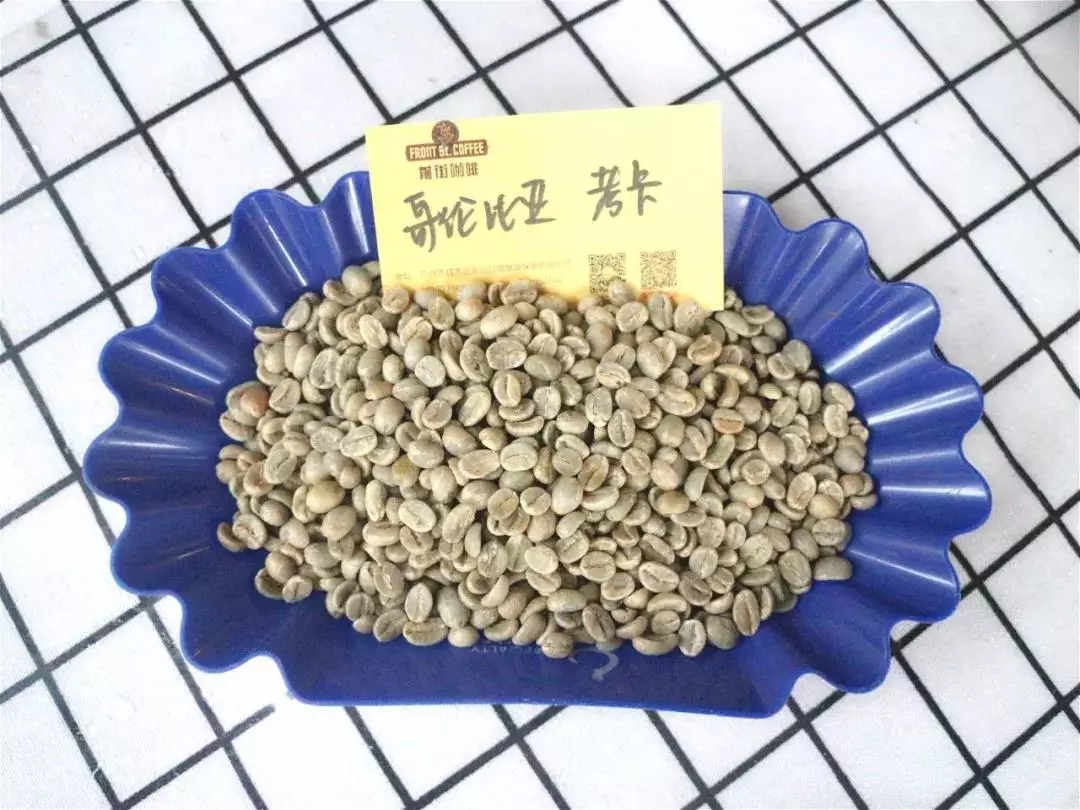
To judge whether the raw beans are fresh or not, we can see the appearance of the coffee raw beans and whether the color is bright green and shiny. Most raw beans treated with water will be emerald green as long as they are fresh.
The smell of coffee and raw beans
In general, if the beans are not washed, such as sun-treated mocha, wet planing and so on, it may be difficult to tell how long the beans have been kept by their appearance, but the smell absorbed by raw beans provides a very obvious clue. When fresh, the smell of water-washed raw beans is fresh grass, while that of dried mocha beans is fermented with ripe fruit, and the smell of Mantenin in wet planing is less obvious. but do not have a bad smell of wet rot, such as stinky tofu.
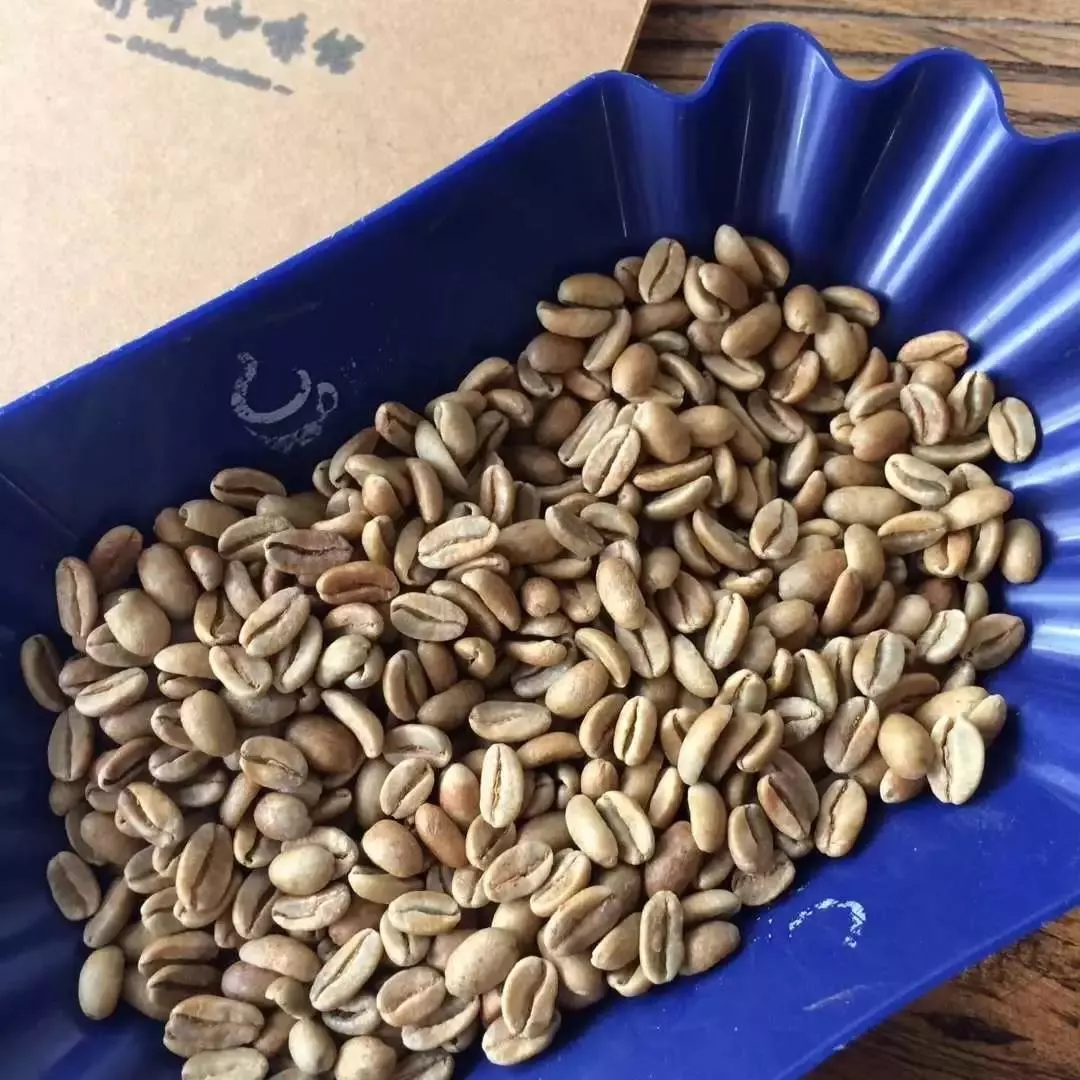
The water content of raw beans will affect the baking time and the degree of difficulty to control. Usually, the baking time of new beans is longer and harder to control than old beans. Of course, coffee raw beans are usually as fresh as possible. Fresh coffee raw beans are full of vitality. Semi-fresh raw beans, with a little bit of stability in the vitality. Eight months later, the raw beans lost their vitality. Raw beans for more than a year are old and boring, but this does not include some specially treated beans and special preservation environment, such as aged coffee beans, wind-stained coffee beans and so on.
Aged Coffee & Wind-stained Coffee
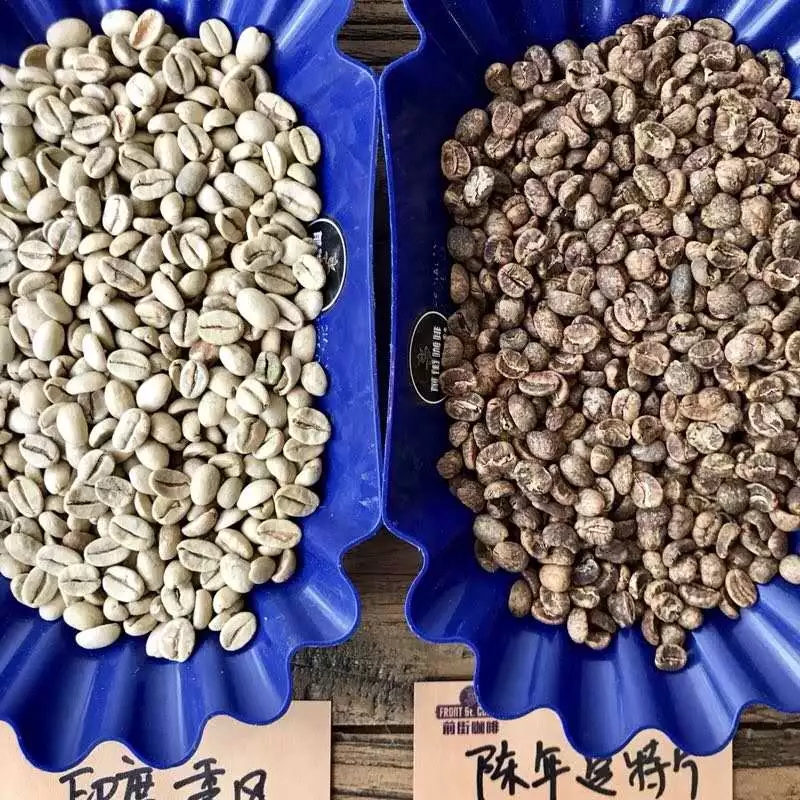
(Indian monsoon coffee on the left and aged Mantenin on the right)
| Coffee beans are processed in old age. |
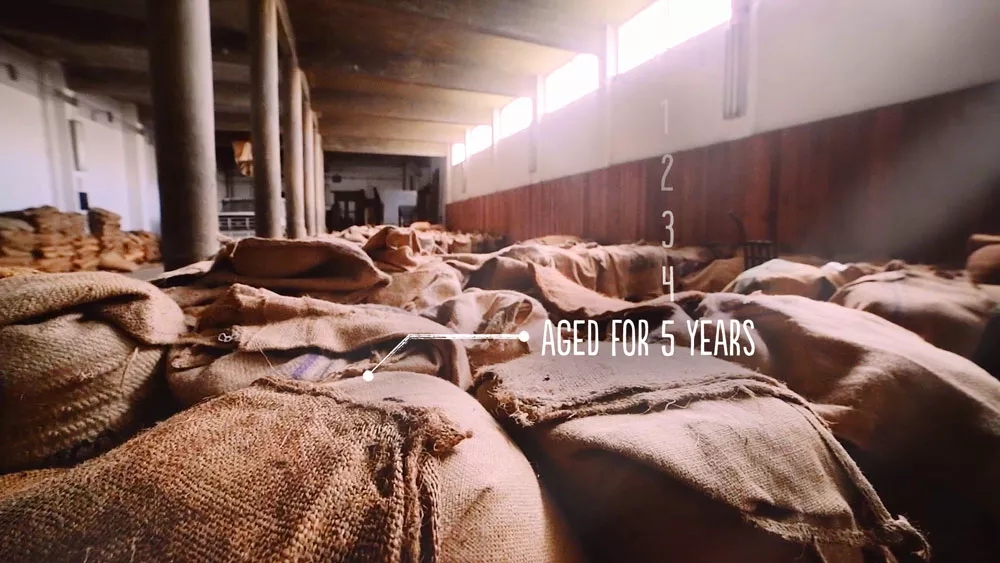
The so-called aged coffee beans (Aged bean) refers to the natural aging of raw beans by prolonging their storage time (usually 2 to 3 years). These changes include weakening acidity, color changes and thickening of beans. Of course, it is not just for a few years. The storage environment must be cool and ventilated.
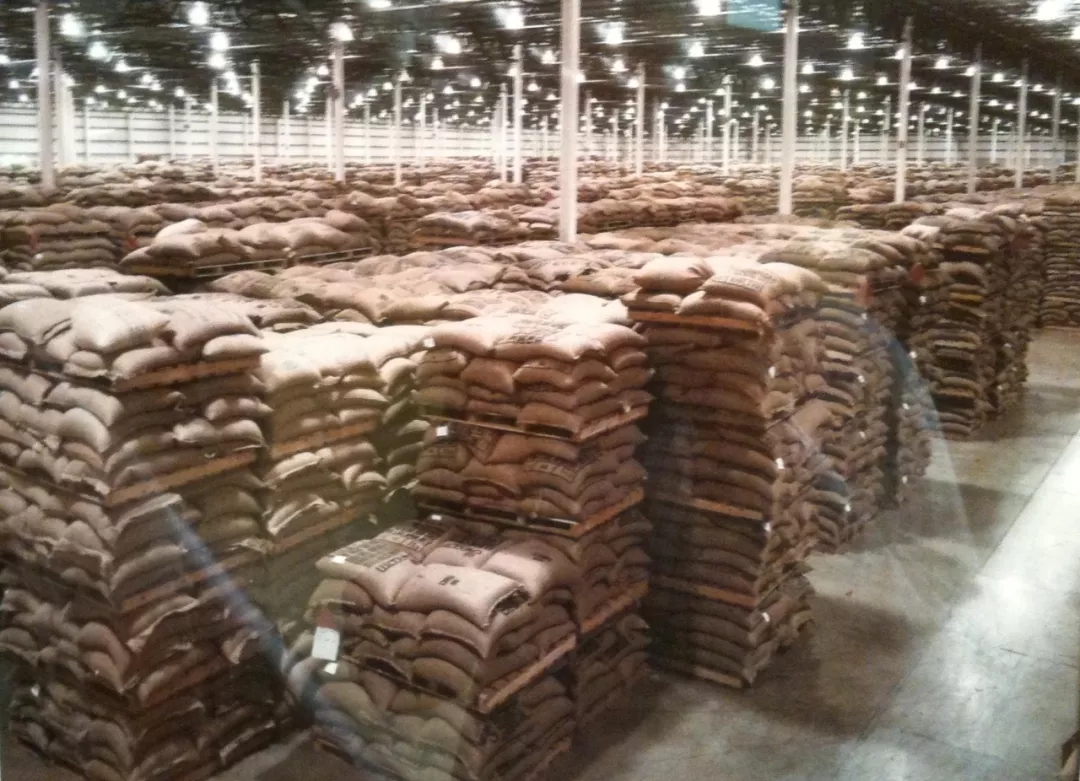
Because of the dark and long-term storage environment, old coffee is always difficult to get rid of complex flavors such as moldy or commonly known as sacks or leather. Correctly stored coffee beans will change their taste and shape, such as weakening acidity, dark color, lack of moisture, thicker and thicker taste, and sweetness with honey flavor.
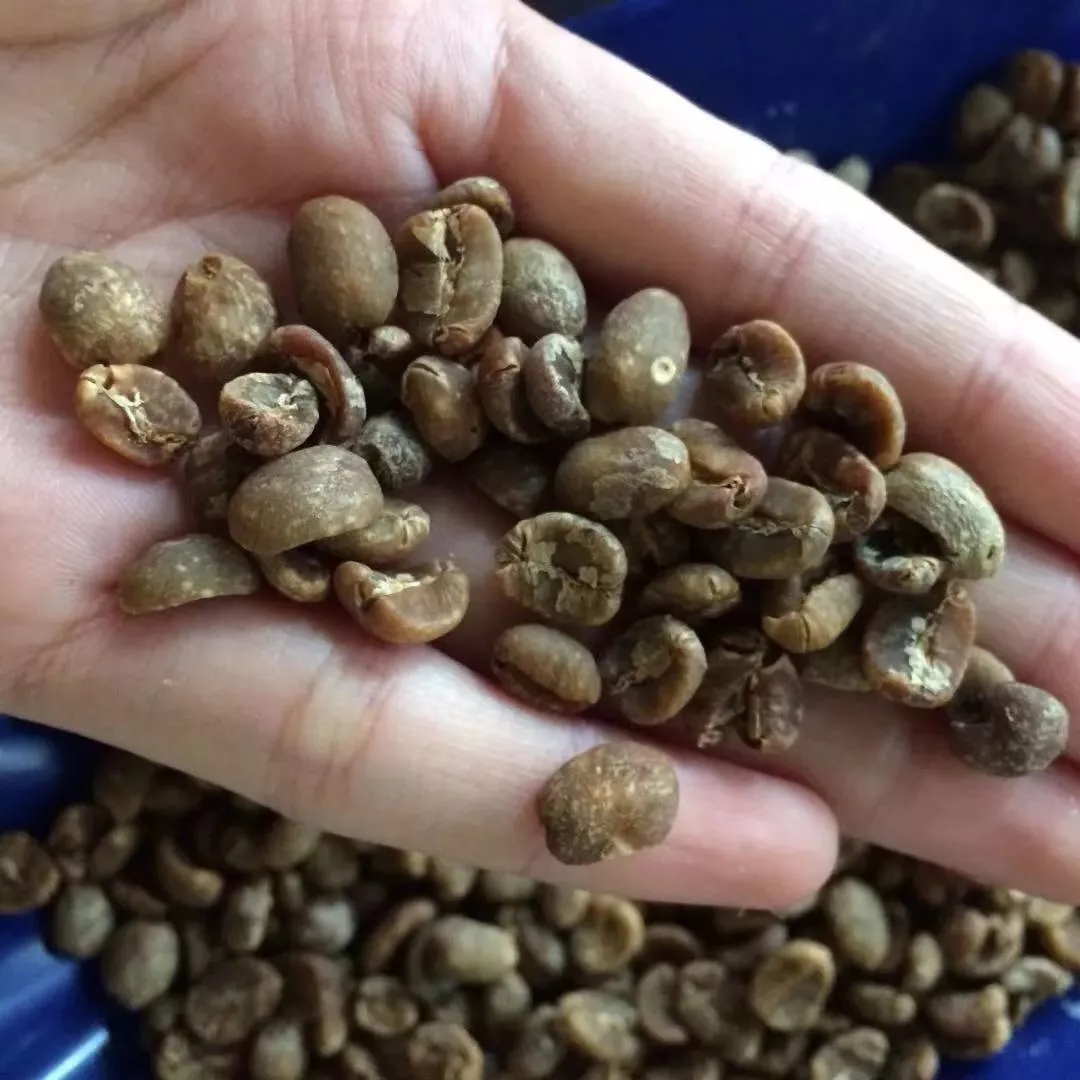
Under the condition that it must be strictly and carefully controlled during storage, the timing should be flipped evenly, and the humidity and ventilation should be adjusted to prevent moth or mildew.
Generally speaking, the storage of aged beans does not take place in the producing area or manor, but is the business behavior of raw bean dealers or brokers.
| | Wind-stained coffee beans |
Wind-stained coffee is also called monsoon coffee.

Monsoon coffee usually needs to be made with sun beans. The factory where beans are stored faces to the west. The beans are laid flat in the field, and the windows are all open to catch the salty monsoon from the southwest. After reaching a certain extent, put it into the bag, but the coffee beans should not be too full, and the coffee bags should not be piled too dense so as not to be airtight and moldy, and it is time-consuming and labor-consuming to pour out coffee beans and replace sacks from time to time to avoid mold. This period of time is about 12 to 16 weeks, and after it is ripe, it will be fumigated to drive out the weevil, and finally to sift out the failed beans that have not turned golden.

After at least six months to a year of monsoon blowing, the quality and quantity of beans have changed significantly. Coffee beans will swell to twice their size, reduce their weight and density, and have a moisture content of about 13%.
Monsoon coffee is in a short period of 3-4 months, through exposure to the monsoon so that the rapid loss of water in raw beans, in order to achieve the purpose of aging. The age of monsoon coffee beans is young and strong.
Old coffee = "old beans"?
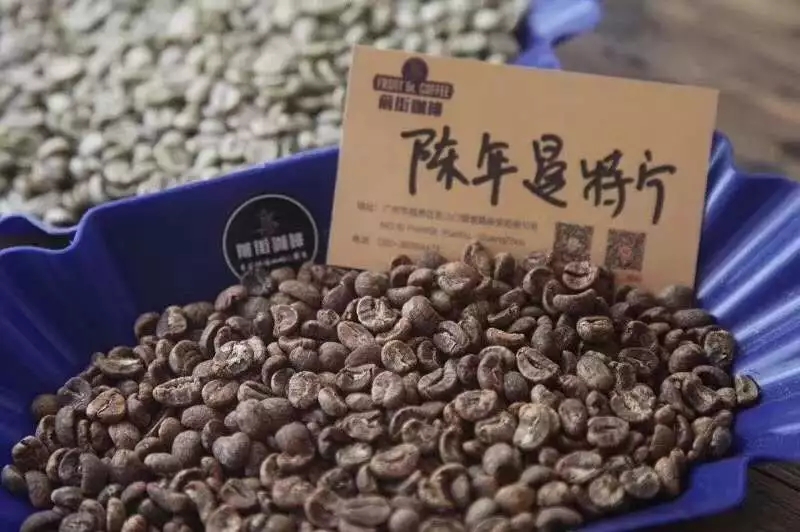
Old coffee beans do not mean that coffee beans are not allowed after they have been kept for a long time, because coffee beans will rot after they have been kept for a long time, changing from fresh cyan to white, then to yellow, becoming dull, and even growing worms. Like aged wine, raw beans must be properly processed and stored for a long time before they can be called real aged coffee.
Changes in freshness of raw beans:
New season beans > overdue season beans > old beans > old beans
New season beans: raw beans harvested within one year
Over-yielding seasonal beans: more than one year.
Lao Dou: more than two years
Chen Niandou: for deliberate production, it has been stored for more than three years.
Important Notice :
前街咖啡 FrontStreet Coffee has moved to new addredd:
FrontStreet Coffee Address: 315,Donghua East Road,GuangZhou
Tel:020 38364473
- Prev

The more deadly factor in the preservation of coffee beans is the method of grinding coffee beans into coffee powder.
Professional coffee knowledge exchange more coffee bean information please pay attention to the coffee workshop (Wechat official account cafe_style) a cup of coffee, remind us of the importance of proper preservation of raw materials during food journey, the quality of coffee beans affect the flavor when drinking, and even improperly stored coffee beans may contain toxins, long-term consumption may have impact on health. The origin is defective bean control.
- Next

Why do Italian coffee beans have to be mixed? Italian Coffee Blending Scheme and Brewing Grind Introduction
Professional coffee knowledge exchange More coffee bean information Please pay attention to coffee workshop (Weixin Official Accounts cafe_style) First, the long-term stable supply of beans. Because coffee beans are seeds in coffee fruits, coffee fruits grow on coffee trees, and coffee beans in that year will naturally be affected by local rainfall, sunshine duration, temperature difference between day and night, and whether there are pests.
Related
- Guji coffee producing area of Guji, Ethiopia: Humbela, Shakiso, Wulaga
- What is the most expensive variety of Qiloso in BOP multi-variety group?
- How to store the coffee beans bought home?
- Why are Yemeni coffee beans so rare now?
- Ethiopian Sidamo all Red Fruit Sun Sun Santa Vini Coffee beans
- SOE is mostly sour? What does it mean? Is it a single bean? what's the difference between it and Italian blending?
- Is Italian coffee beans suitable for making hand-brewed coffee?
- How to choose coffee beans when making cold coffee? What kind of coffee beans are suitable for making cold coffee?
- Just entered the pit to make coffee, what kind of coffee beans should be chosen?
- Can only Japan buy real Blue Mountain Coffee? What are authentic Jamaican Blue Mountain coffee beans?

